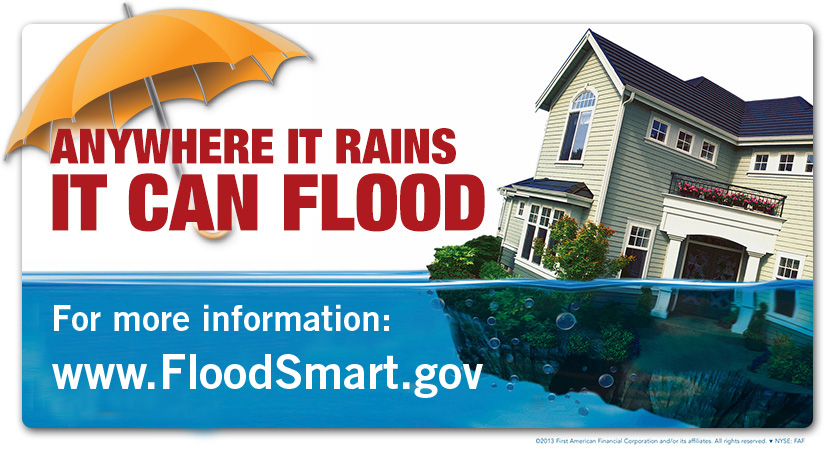Floodplain Management
What is a Flood?
What is a Floodplain?
“Building in a floodplain is like pitching your tent on a highway when there are no cars coming”.
-Dr. Vicki Miller, University of Montana
What is the Flood & Floodplain Relationship?
What is a Regulatory Floodplain?
THE 100 YEAR FLOOD
Following the Midwest floods of 1993, a Missouri farmer likened a 100 year flood event to a bag full of marbles: “If you have a bag with 100 marbles-of which 99 are white, and one is blue- every time you stick your hand in the bag and pull out the blue one you will find yourself with a 100-year flood. Of course, each time you grab the blue marble you then have to put it back and shake the bag up before picking again”.
The laws of probability say that there is always a chance of picking the blue marble one, two or even three times in a row. But flood probabilities are never known with perfect certainty.
-Friends of the River
Federal Floodplain Legislation

FEMA administers and overseas the National Flood Insurance Program (NFIP), which regulates floodplain development. Nearly 20,000 communities across the United States and its territories, including Summit Township, participate in the NFIP by adopting and enforcing floodplain management ordinances, in which minimum standards are set by FEMA, to reduce future flood damage. In exchange, the NFIP makes federally backed flood insurance available to homeowners, renters and business owners in these participating communities. Flood insurance is designed to provide an alternative to disaster assistance to reduce the escalating costs of repairing damage to buildings and their contents caused by floods. Flood damage is reduced by nearly $1 billion a year through communities implementing sound floodplain management requirements and property owners purchasing flood insurance. Buildings constructed in compliance with NFIP building standards suffer approximately 80 percent less damage annually than those not built in compliance. In addition to providing flood insurance and reducing flood damages through floodplain management regulations, the NFIP identifies and maps the nation’s floodplains. Mapping flood hazards creates broad-based awareness of the flood hazards and provides the data needed for floodplain management programs across the Country.
How is Summit Township Managing the Floodplain?

Summit Township Floodplain Management Links:
Floodplain Management Ordinance
Floodplain Development Permit Application
Construction & Commercial Industry Floodplain Management Links:
Below-Grade Parking Requirements
Non-Residential Floodproofing – Requirements and Certification
Flood Damage – Resistant Materials Requirements
Protecting Building Utilities From Flood Damage
Ensuring That Structures Built on Fill In or Near Special Flood Hazard Areas Are Reasonably Safe From Flooding
